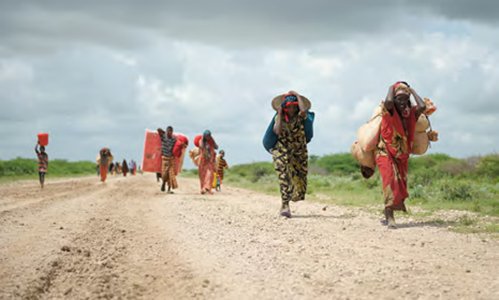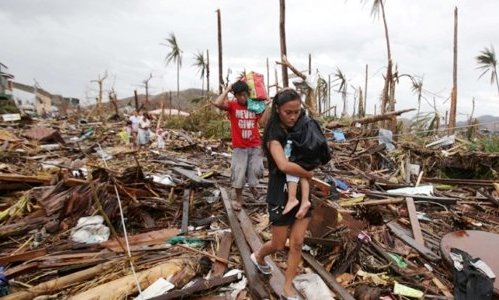Four decades of data show that twice as many people are being displaced today than in the 1970s. A new report by the Norwegian Refugee Council’s Internal Displacement Monitoring Centre, launched on September 17 at the United Nations in New York, reveals this is largely due to the growth and concentration of urban populations, particularly in vulnerable countries.
“This increasing trend will continue as more and more people live and work in hazard-prone areas. It is expected to be aggravated in the future by the impacts of climate change,” said Secretary General Jan Egeland.

Displacement caused by natural disasters is a global phenomenon that is growing in scale, frequency and complexity. “More people today are exposed and vulnerable. Our report shows that much more can be done to prepare for and prevent displacement caused by disasters,” said Jan Egeland.
According to the report, no region of the world is immune to natural disasters, but as in previous years, the worst affected was Asia, where 19 million people, or 87.1 per cent of the global total, were displaced. Both wealthy and poorer countries are affected, although developing countries bear the brunt, accounting for more than 85 per cent of displacement.
Major disasters drive the global trend. In the Philippines, Typhoon Haiyan alone displaced 4.1 million people, a million more than in Africa, the Americas, Europe and Oceania combined.
Viewed relative to population size, seasonal floods also caused significant displacement in sub-Saharan Africa, most notably in Niger, Chad, Sudan and South Sudan – countries with highly vulnerable populations who are also affected by conflict and drought. Given that Africa’s population is predicted to double by 2050, displacement risk is expected to increase faster than in any other region in coming decades.
The extent to which populations in the most developed countries are exposed to hazards also led to some of the world’s largest displacements. Typhoon Man-yi in Japan displaced 260,000 people and tornadoes in the US state of Oklahoma 218,500.
“Most disasters are as much man-made as they are natural,” said IDMC’s Director, Alfredo Zamudio. “Better urban planning, flood defences and building standards could mitigate much of their impact.”
As world leaders gather for the UN Secretary General Ban Ki-moon‘s Global Climate Change Summit, this evidence calls for action to be taken to reduce disaster risk and to help communities adapt to changing and more unpredictable weather patterns, without which much more displacement will occur in the future.

Check the following link to read/download the Full Report – “Global Estimates 2014”:
http://www.nrc.no/arch/_img/9184209.pdf
Source: Internal Displacement Monitoring Centre (IDMC), Norwegian Refugee Council (NRC).

















